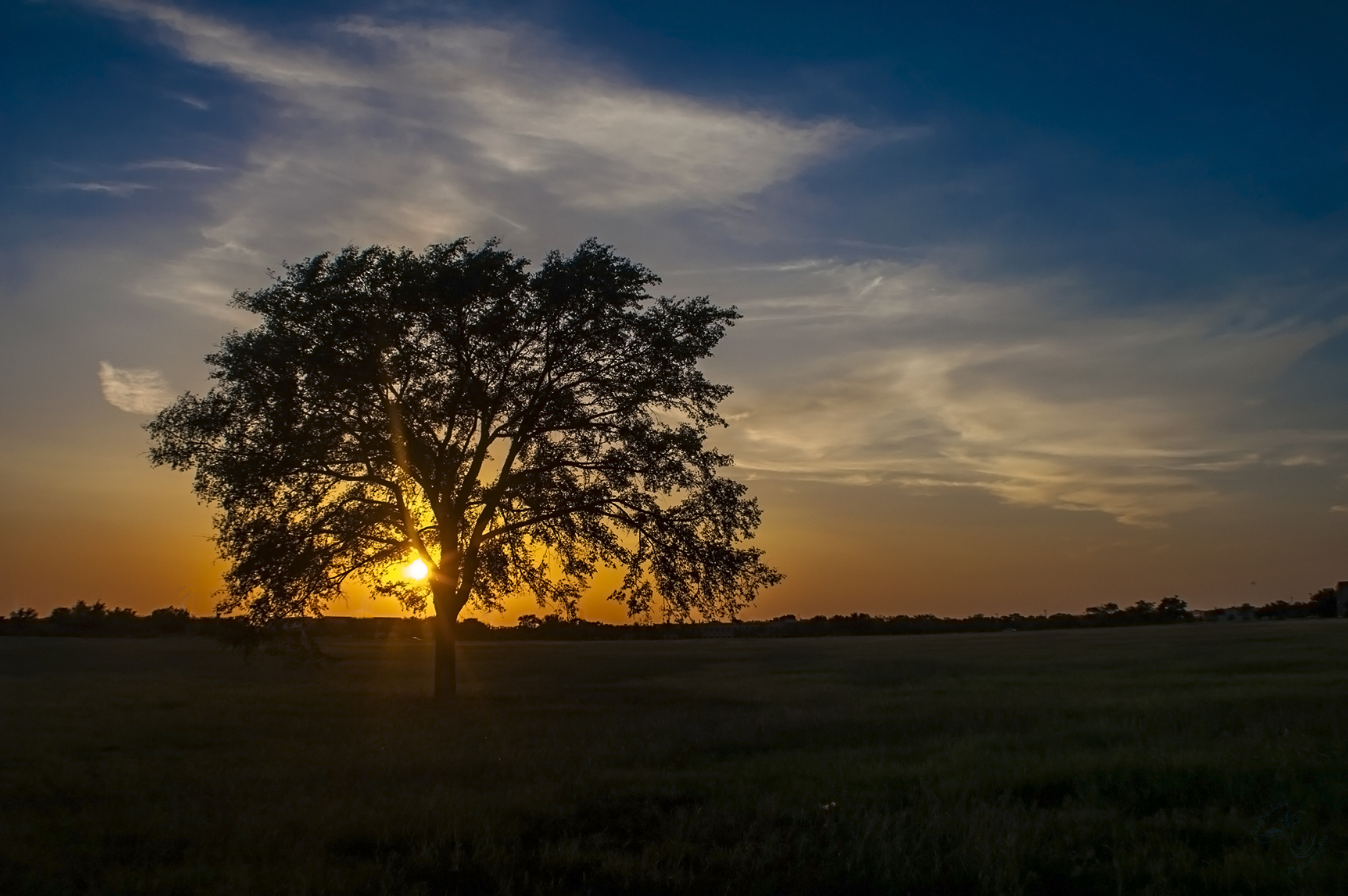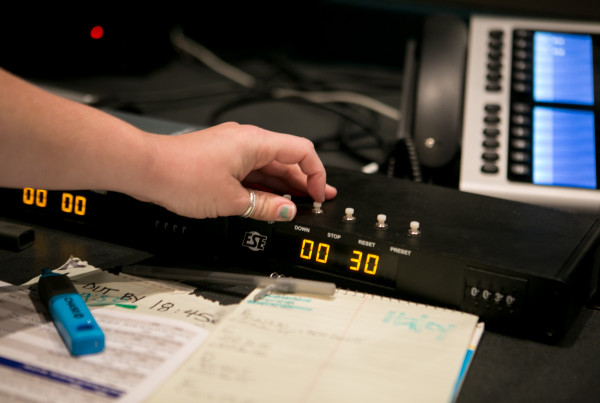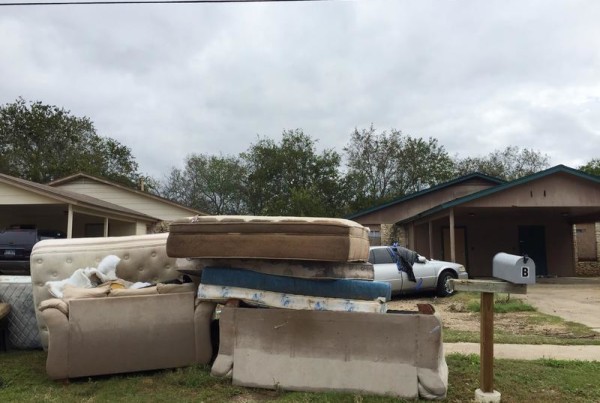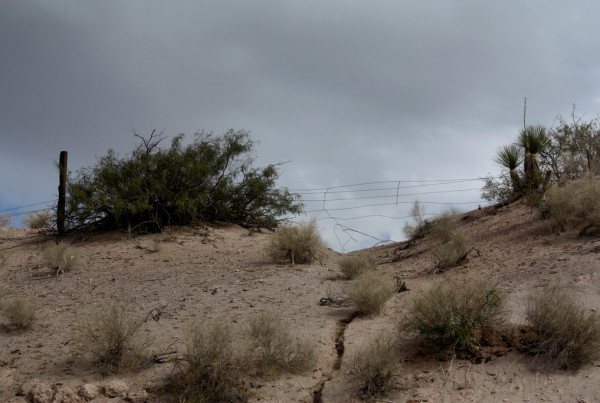The U.S. Bureau of Land Management owns about 90,000 acres of land along the Red River, which sets the border between Texas and Oklahoma. Half of those federally-claimed acres are on the Texas side, and most of those Texas acres are part of a decades-long land dispute.
The Bureau of Land Management (BLM) was awarded the land under an almost century-old Supreme Court decision, but some Texas families are staking claim to the land as well. In fact, Gov. Greg Abbott called the controversy an “unconscionable” land grab, and sent the BLM a “cease and desist” letter.
The BLM is the federal government’s trustee for almost 250 million acres of public land, and many more acres of mineral rights. It’s in the middle of updating plans for resource management of the lands. The BLM is deciding whether to make those lands open or closed to the public and how to develop the areas in question.
The problem is that many Texas families on the south side of the river say the land has been with them for generations. They say they are the rightful owners of the land, not the federal government. These families hold the deeds to the land, and many of them are still paying for it.
One Texas rancher, Tommy Henderson, has been waiting years to get his land back. He told Jim Malewitz, who’s been covering the controversy for Texas Tribune, that his family has been tending to the land since the early days of the Civil War. Through a somewhat obscure federal act, Henderson was recently able to buy back 95 acres from the federal government.
While the federal government claimed the land, Henderson couldn’t sell it, but he was still paying taxes for it.
“That’s where a lot of the anger comes from,” Malewitz says. “People have been paying taxes on this for a long time and they’re still paying taxes. The local jurisdictions and the state are saying ‘You have the deed, you’re still gonna pay taxes on it.’”
Henderson used the 87-year-old Color of Title Act to get the land back. The Act states that a person who has proof they’ve been paying their taxes on the land, or making improvements, can buy the land back from the federal government. Henderson was able to buy his land back for $1 an acre, with a credit from the government for all the taxes he paid.
Unlike Henderson, there’s a slew of families still trying to get their land back. They say they’re basically waiting for the BLM to figure out what’s happening with the land. Much of the land is still unsurveyed. The whole resource management process, in fact, isn’t slated for completion until 2018.
The BLM has been encouraging farmers and ranchers who claim they’re the rightful landowners to file Color of Title claims. There are a lot of limitations to the law that could deter more of these claims. There’s a limit for how many acres a person can buy back – 160 acres – and the buyback doesn’t include mineral rights to the land.
Malewitz says most people tied up in the controversy own more than 160 acres, and some own thousands. Many of the alleged landowners also don’t want to cede their mineral rights to the government, he says. A lot of them are trying to wait it out and see if federal law will change, Malewitz says.
Texas Congresssman Mac Thornberry and Sen. John Cornyn are working on legislation that would keep the land in question out of the resource management plan and allow for cheaper Color of Title Act buybacks, Malewitz says, but it’s unlikely the state will have much say in the legalities.
“You would think that Texas loves suing the federal government, so why aren’t they suing in this case,” Malewitz says. “Some of the experts I’ve talked to have said ‘Well, I don’t know if… Texas would have jurisdiction in this case.’ We’re talking about private property rights and not jurisdictional boundaries.”















